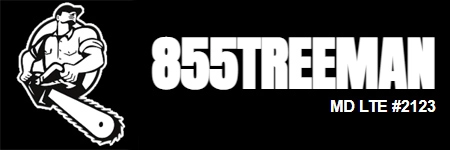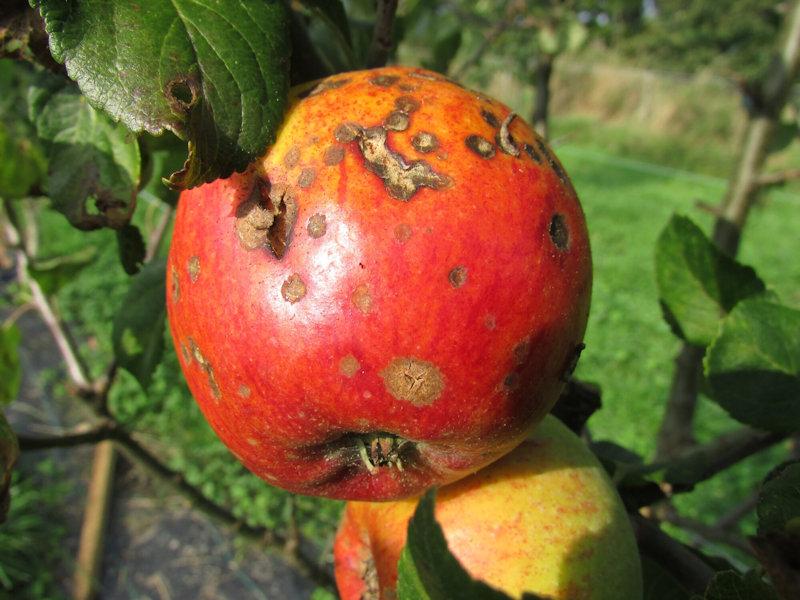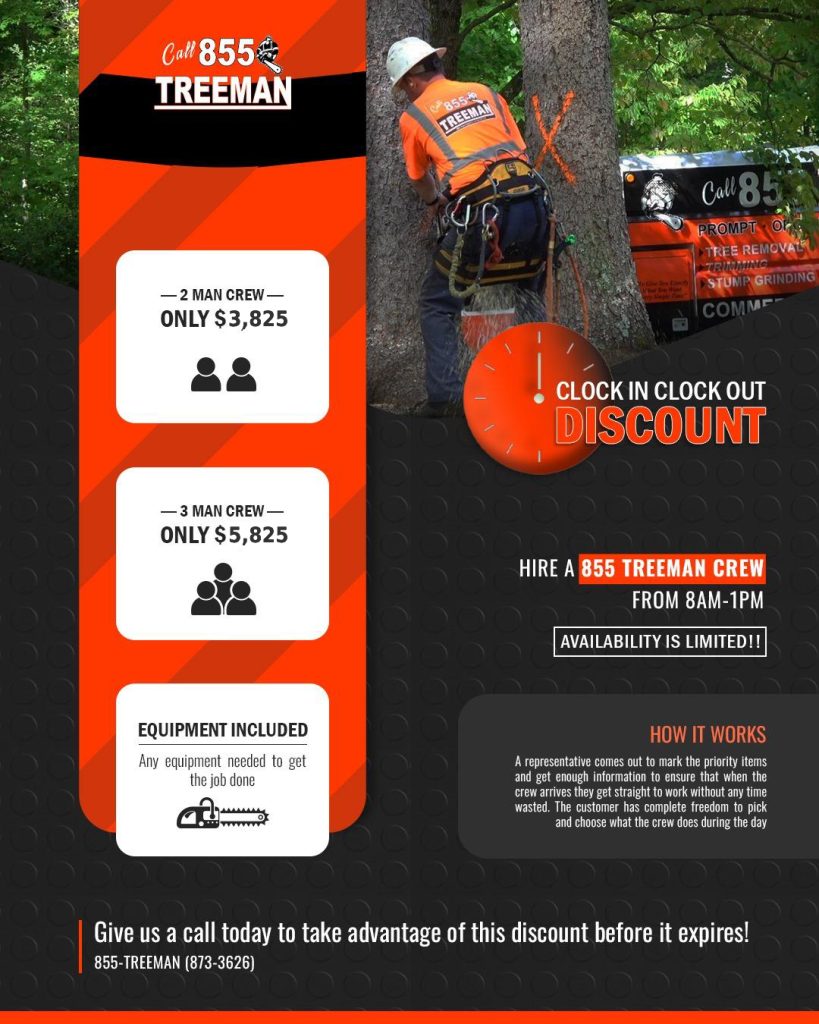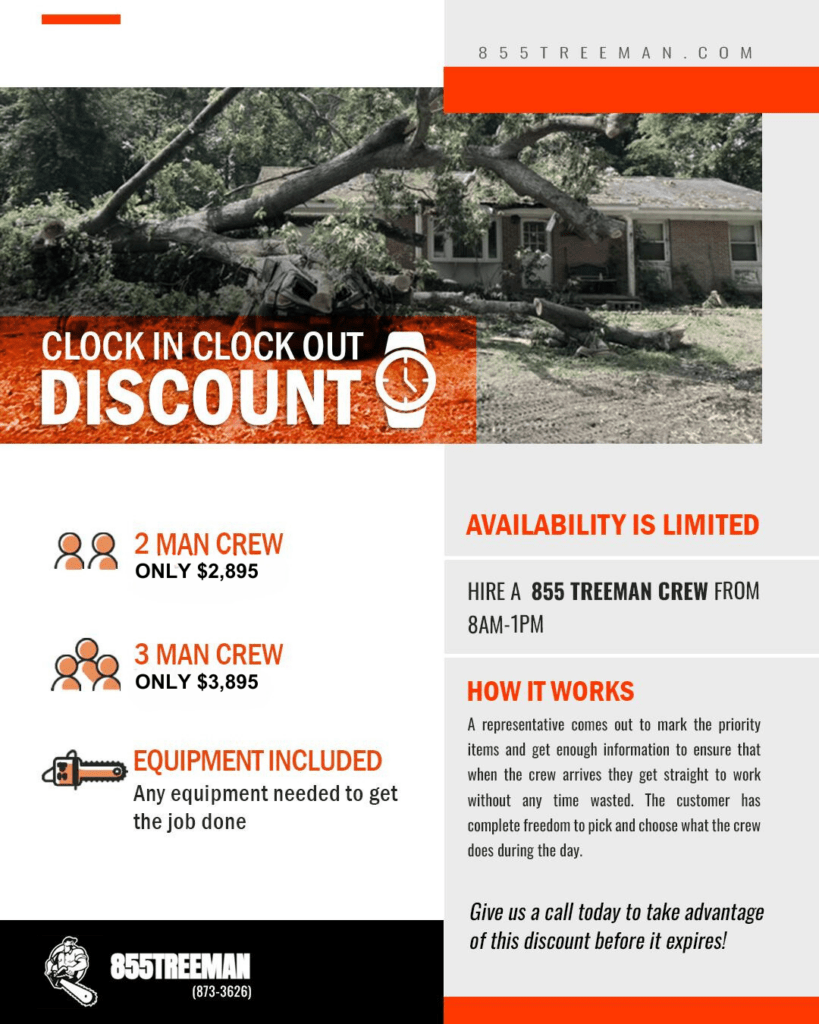What Is the Threat?
Apple scab is a fungal disease that affects the leaves, fruit, and twigs of infested trees. Caused by the fungus Venturia inaequalis, it tends to occur in apple trees, though it can also invade pear, crabapple, and hawthorn trees.
When leaves fall in autumn, the fungus attaches itself to them and overwinters there. Then, it grows spores right before the buds start to break in the spring. From there, those spores travel to the newly developing parts of the tree by the wind or rain. As the infestation develops more severely, the spores reproduce and spread to other parts of the tree.
Where Is the Threat?
Apple scab occurs mostly in regions where springtime weather is cool and damp. These conditions encourage more severe, widespread fungal outbreaks. Specific areas in the U.S. that see the largest number of apple scab outbreaks include:
- The Pacific northwest
- The northeast
- The central U.S. (northern states)
Though the disease occurs most prominently in these locations, it can develop anywhere that the apple, pear, crabapple, or hawthorn trees grow. A qualified tree service company can help you identify any possible signs of an infestation.
Symptoms of Apple Scab
Do you suspect that your tree might have fallen victim to an apple scab infestation? If so, it’s important to know some of the most common symptoms to watch out for.
First, you may notice that the young, tender leaves on your tree have developed light green lesions. These will occur on the bottom of the leaf, and usually happen around the start of spring. Though the lesions will appear lighter than the adjacent tissue at first, they’ll turn darker with time.
Soon, they’ll reach an olive-colored shade, and will feel fuzzy or velvety to the touch. As the tissue around the lesions keeps growing, those affected leaves will soon appear blistered and puckered. Nearby fruit will take on a similar texture, and the lesions will eventually look like dark scabs.
By the middle of the summer, infected leaves will turn yellow and fall from the tree. Infected fruit will shrivel up and drop before becoming ripe.
What to Do About Apple Scab Disease
Most trees affected with apple scab respond well to prompt treatments. You can help slow or stop the spread of infection with a trunk injection filled with a systemic fungicide.
If possible, try to treat your trees in the fall. Schedule the treatment before any infestations have occurred, or while initial ones are still in their early stages. If you decide to wait until the spring, then apply the treatment as early in the season as possible.
The injected solution can inhibit the fungal cells from growing, while also strengthening the plant’s natural health response. The result is a stronger, more disease-resistant tree with a more robust root development and defense mechanism. If a severe infestation has already taken hold, then a bark drench treatment may be required in addition to the trunk injection.
At 855TREEMAN, we’re well-versed in diagnosing and eradicating apple scab infestations. Give us a call today to book a service.



